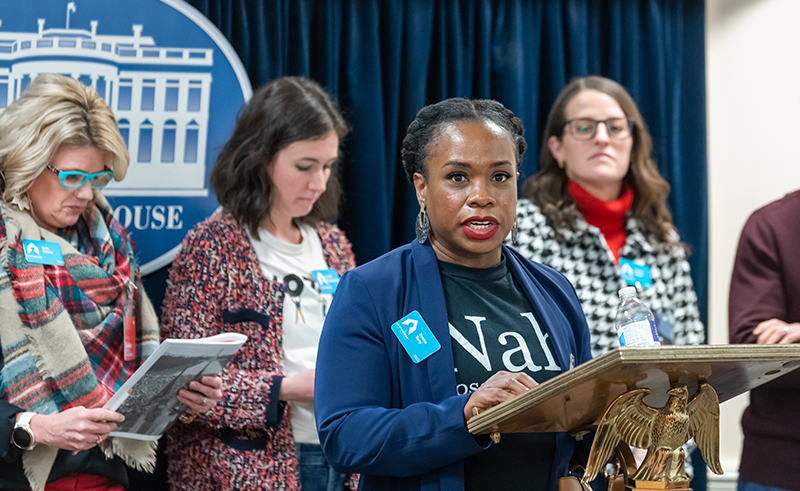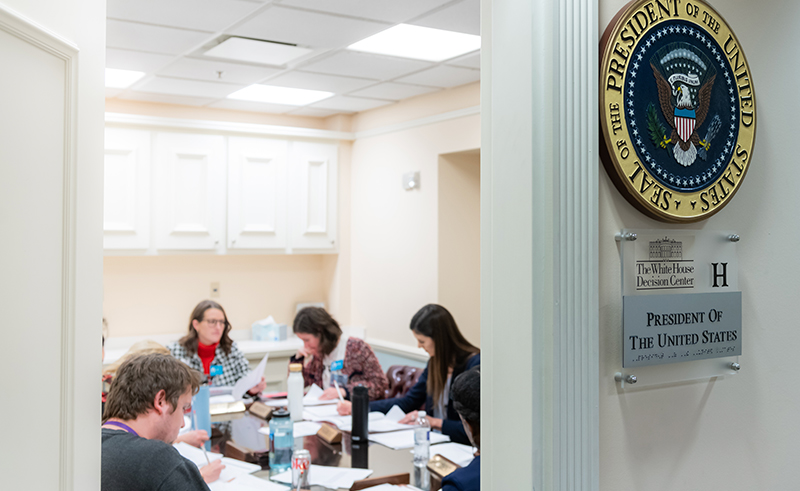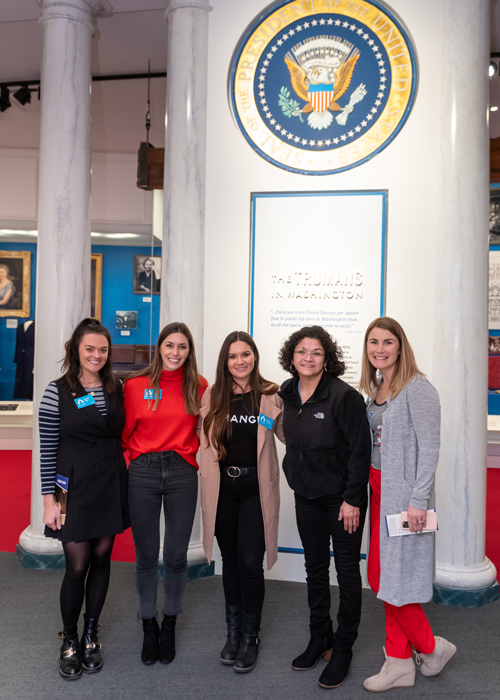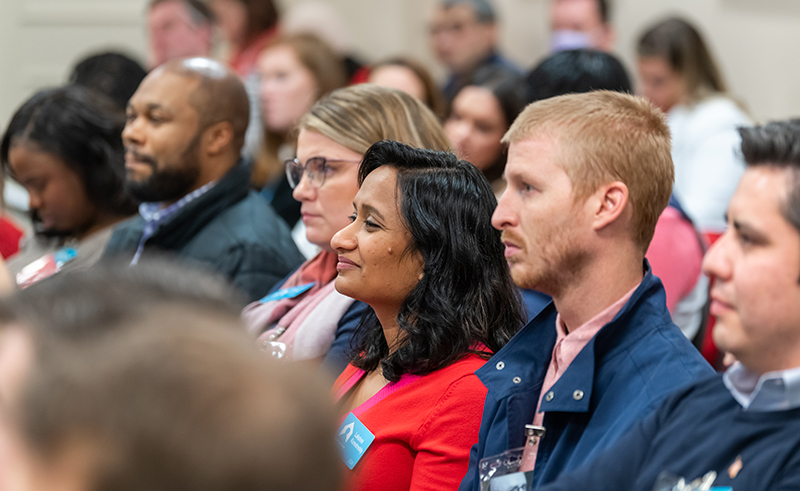Sponsored Content
Visit the Harry S. Truman Presidential Library & Museum in Independence, Missouri, and you’ll learn about how our 33rd president worked with Black Americans to advance civil rights and racial justice in the 1940s. One of 100 locations on the U.S. Civil Rights Trail, the presidential library is a perfect stop to make during February’s Black History Month.

An Unlikely Champion
When Harry S. Truman assumed the U.S. presidency, he became an unlikely champion of civil rights. Born in a previous slave state and a descendant of slave owners and members of the Confederacy, Truman’s initial bid for the vice presidency was well supported by Southern Democrats who thought he would fall in line.
“He was born exactly eight years after the end of the Civil War,” says Cassie Pikarsky, the director of special initiatives for the Truman Library Institution. “He was only the second president in all of those years to be born and raised in a former slave state.”
At the time of Truman’s death, however, the Senate chamber applauded the late president for his stance on civil rights. During his years in the White House, Truman became the first president to speak to the NAACP and the first president to make an address to Congress on civil rights, he declared an executive order that desegregated the military, and he launched a platform that inspired the Civil Rights Act of 1964.
“I think the big thing for him that was his awakening moment was when he started hearing about the African American veterans returning to the South after serving in World War II and being beaten, blinded, and killed,” Pikarsky says.

Building a Civil Rights Platform
“A lot of stories were brought to the president through groups like the NAACP who lobbied and presented to the president,” Pikarsky says. “As a result, he created the President’s Committee on Civil Rights, which is the first of its kind and charged with going out and getting a full picture of what’s actually happening, what the problems are, and making concrete recommendations. It was a multiracial committee, and it takes them about a year, and they call for what became Truman’s platform on civil rights—anti-lynching, voting rights, and an end to segregation.”
Truman worked closely with Black civil rights leaders, including Walter White, the executive secretary for the NAACP, and A. Philip Randolph, who organized and led the first successful Black-led labor union the Brotherhood of the Sleeping Car Porters.
At the time, Truman was nearing the end of his first term. While many of his advisors cautioned against taking such a strong stance on civil rights so close to an election, Truman plowed ahead with his new rhetoric.
“He created his agenda, which he called the Fair Deal, kind of an update of Roosevelt’s New Deal,” Pikarsky says. “A lot of the things he called for he’s not remembered for because they didn’t go anywhere at the time. He called for national health insurance and his civil rights plank—anti-poll tax, anti-lynching, and voting rights laws. Congress failed to enact any of his proposals, but it lays the groundwork for the Civil Rights Act of 1964.”
Despite his pleas in a 3,000-plus word speech to Congress on February 2, 1948, his civil rights acts didn’t pass. So, Truman took matters into his own hands where he had the power to: Executive Orders 9980 and 9981. The first prohibited race-based employment discrimination in the federal government, and the second desegregated the U.S. armed forces.
Truman signed those two executive orders right before the Democratic National Convention, a choice that nearly cost him the Democratic nomination and his second term in office.

Step into Truman’s Shoes in the White House Decision Center
Are you wondering what it might have been like to be in Truman’s shoes? You can find out in the Truman Library’s White House Decision Center. Schools, companies, corporations, and organizations can sign up for the team-building program.
“The White House Decision Center is a fabulous program, a nationally recognized, hands-on history lab where participants dive into the roles of President Truman, his advisors, and key players in whatever issues they’ve chosen,” says Pikarsky. “They work with previously classified documents and primary sources. It allows people to immerse themselves in that high-stakes decision-making. It’s an eye-opening experience for everyone involved.”
Each group member will be assigned a different role, so you might be acting as Truman, one of his advisors, or another key person in the situation your team is briefed on. One of those situations you can choose includes Addressing Postwar Civil Rights in the U.S. Armed Forces.

Whether you step into a West Wing simulation or explore civil rights history in the new award-winning museum, the Truman Library is a must-experience attraction along the U.S. Civil Rights Trail. Learn more and plan your visit at TrumanLibraryInstitute.org.


